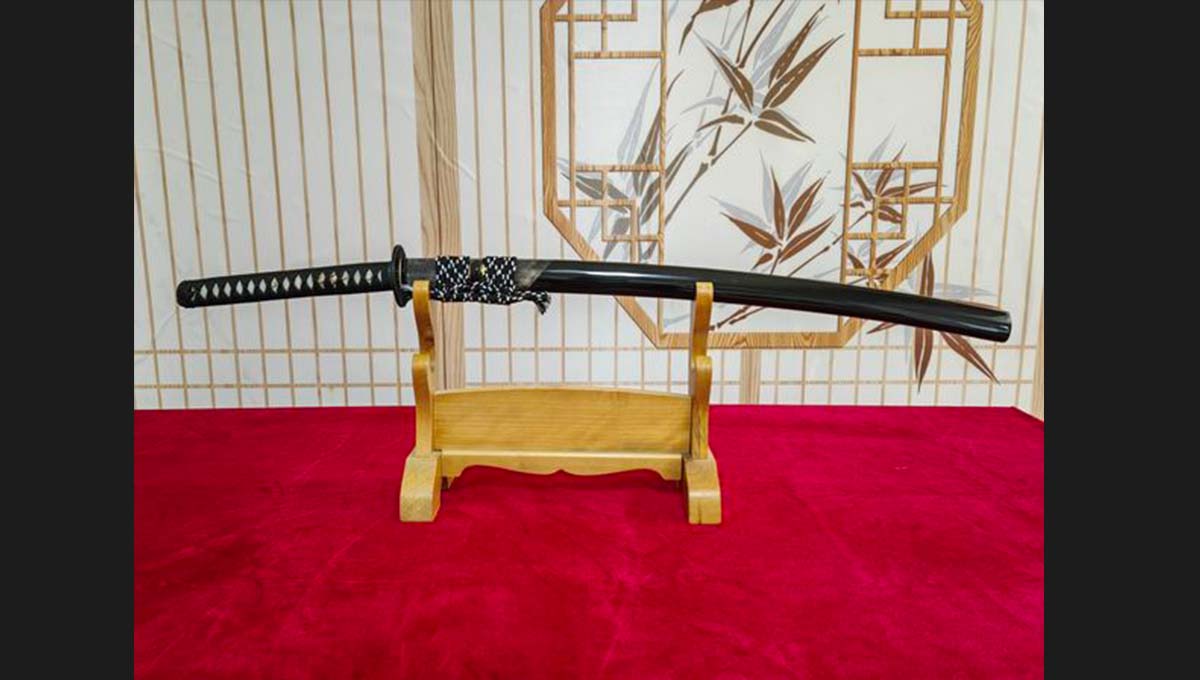The Art and Joy of Building a Japanese Sword Collection
For collectors and enthusiasts, Japanese swords offer not only a window into a rich history of craftsmanship but also a deeply fulfilling hobby. Collecting these iconic blades is a passion worth pursuing, and in this comprehensive guide, we will explore the world of Japanese sword collecting, providing insights on where to find authentic pieces, how to evaluate their quality, and the joy of building a collection that reflects your appreciation for this timeless art form.
The Allure of Japanese Swords
Japanese swords, including the legendary katana, tachi, and wakizashi, have captured the imaginations of collectors for generations. Their blend of exquisite craftsmanship, historical significance, and cultural symbolism makes them irresistible to enthusiasts worldwide.
Finding Authentic Pieces
The journey of collecting Japanese swords begins with sourcing authentic pieces. To ensure the integrity of your collection, consider the following:
1. Reputable Dealers: Seek out reputable dealers who specialize in Japanese swords. Look for those with a history of transparent transactions and a commitment to authenticity.
2. Certificates of Authenticity: Authentic swords often come with certificates of authenticity (kanteisho). These documents provide valuable information about the sword’s history and craftsmanship. Verify the credentials of both the sword and the seller.
3. Historical Background: Learn about the historical context and provenance of the swords you are interested in. Understanding the story behind each blade adds depth to your collection.
Evaluating Quality
When assessing the quality of a Japanese sword, pay attention to the following aspects:
1. Blade: Examine the blade for sharpness, curvature (sori), and the presence of a hamon (temper line). A genuine Japanese sword should display a well-defined hamon created through differential heat treatment.
2. Fittings: Inspect the tsuba (guard), fuchi (collar), kashira (pommel), and menuki (ornaments) for craftsmanship and detailing. High-quality fittings often reflect the skill of the swordsmith and add to the sword’s value.
3. Hilt Wrapping: Check the tsuka ito (hilt wrapping) for tightness and quality. Authentic swords often use materials like genuine ray skin (samegawa) for a traditional look and feel.
4. Saya: Assess the saya (scabbard) for craftsmanship and material quality. High-quality saya are often made from wood and coated with lacquer for durability and visual appeal.
The Joy of Building a Collection
Building a Japanese sword collection is not merely about amassing objects; it’s a journey that allows you to delve into history, culture, and artistry. As you acquire and study each piece, you’ll develop a deeper appreciation for the craftsmanship and the historical narratives embedded in these swords.
The Collector’s Responsibility
Owning Japanese swords comes with a responsibility to preserve and protect these cultural treasures. Proper storage, maintenance, and respect for the swords’ historical and artistic significance are integral parts of the collector’s role.
To summarize, collecting Japanese swords is a passion that transcends mere acquisition. It is a journey that allows you to connect with a rich cultural heritage and immerse yourself in the artistry of these timeless blades. Whether you are drawn to the katana’s elegance, the tachi’s history, or the wakizashi’s versatility, each sword in your collection becomes a unique piece of the past, a work of art, and a symbol of your appreciation for Japan’s enduring swordsmithing tradition.

